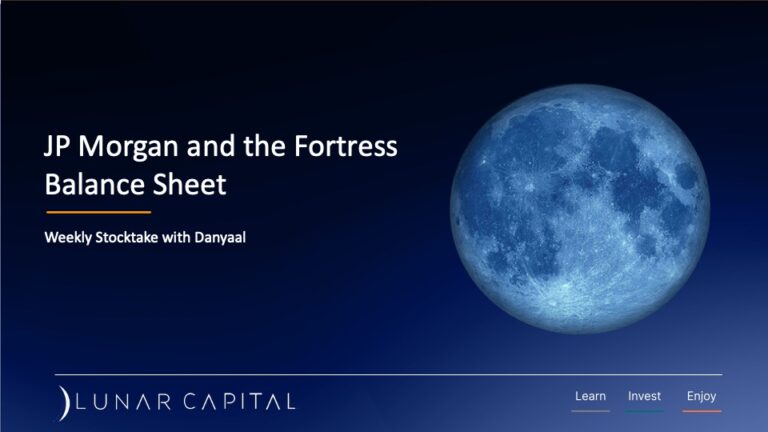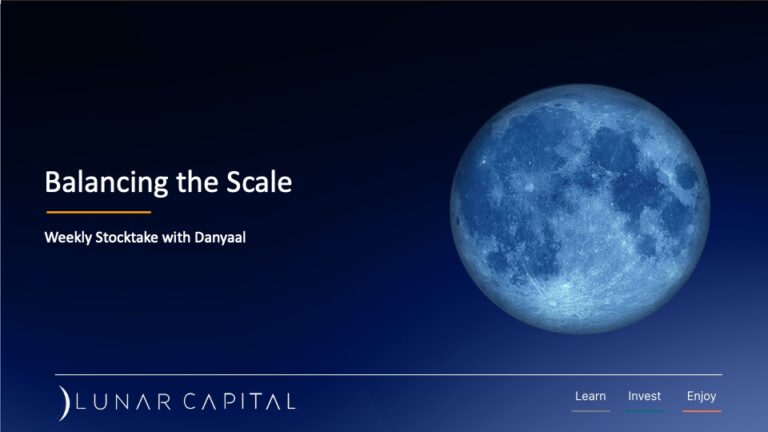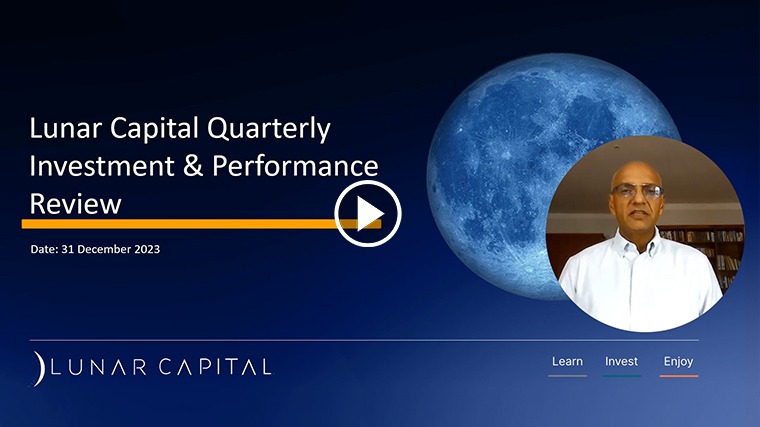Ring the Bell
Please let me know when market guru of the Johannesburg and/or the Nasdaq Stock Exchange rings the bell to tell us that we are at the top of the market cycle. Similarly, let me know when our market guru declares that we have reached the bottom of the next bear cycle.
You know that I am been facetious about the market guru. Nobody rings the bell or for that matter can reliably predict the top or the bottom of a bull (rising market) or bear (falling market) cycle. There are far too many factors that influence the markets. Behavioural economics also teaches us that investors can display huge doses of irrationality – pushing stock prices higher in an already overheated market or pushing them lower in an already under-priced market.
So, anyone that can claim to predict the top or bottom of a market is simply lying. But, we as investors can also get caught in this same lie. Amongst us, we often hear someone saying that they are waiting for a crash in the market, so that they can then enter the market, only to watch the market go higher.
What alternatives do we have if we cannot predict when to enter or exit the market?
When we’re around a braai and I inevitably get the question is it the right time to invest or do I think that the market is in for a crash or something along those lines, then my response is generally what most non-professional investors don’t want to hear:
- It is very difficult to predict the markets, especially in the short-term. An over-valued market can remain over-valued or even get more over-valued in the short-term. However, at some point in the future, it will correct itself. But when and how this correction will take place is very difficult to predict;
- Similarly, an under-valued market can remain so for a long-time and even get more undervalued. Again, it will correct itself but how and when this will take place is difficult to predict;
- Another response, maybe yes, the markets are over-valued in general, but we may be of the view that there are opportunities in certain sectors or shares;
- Lastly, our responses may not be what is generally perceived, i.e. the general sentiment may be down but we may be seeing opportunities or vice versa.
Generally, most people don’t like to hear these less definitive answers. They want a high degree of certainty: it’s a great time to buy or the market is due for a correction soon and then it will be a great time to buy. To try and help things along, I suggest to non-professional investors that they develop an investment strategy and stick with it.
Given the uncertainties, risks, knowledge, skills as well as the opportunity to build wealth over the long-term; the non-professional investor could consider two very simple strategies for investing in the equities (stock) markets:
- Invest by Debit Order
In this strategy, you take it as granted that it is very difficult to predict the top or the bottom of the market; so you invest a fixed amount every month. Ideally, it is automatically debited from your bank account, so you don’t have the administrative hassle every month and you don’t get cold feet. The advantage of this approach is that as the market rises, the funds that you have already invested benefit from the rising market. However, when the market declines, then you get the benefit of getting more units for the money that you now put in, i.e. you get more units for each rand that you invest. This method is called rand-cost averaging.
Your biggest advantage is that you are not trying to time the market, which you know is a futile exercise. By investing over the long-term, you have a much better chance of building real wealth over this period as you stay the course.
By not investing a lump sum at a point in time, you take away the timing risk, i.e. that soon after you have invested there is a crash in the market and you lose a big percentage of that lump sum early on, which impacts your lifetime returns, i.e. it takes you longer to achieve your target.
Another huge advantage is that you take the emotions out of investing. You have a strategy, you stick to it, irrespective of what the sentiments in the market are.
One of my favourite reasons for investing in a debit order approach, is that you are paying yourself first, as Warren Buffett likes to put it. By paying yourself first, you are putting away money for a rainy day and giving yourself a great chance of actually building wealth. After you’ve paid yourself, then you can look at spending in other areas.
- Invest Monthly, but adjust according to market conditions
In this approach, you really just make a variation of the above strategy. You choose a minimum monthly investment by debit order, but you increase the amount as market conditions look better for investing. In this approach, you must have a methodology of assessing whether conditions are good or bad for investing. For example, you may apply a simple analysis of the current market valuation (say price to earnings ratio) to the long-term historical average price to earnings ratio.
If the current price earnings ratio is lower than the historical average, you may choose to put more money in every month; but if it is higher, you can choose to lower the monthly payment.
Perhaps the biggest challenge that you will face is that you will likely be going against the general market sentiment, i.e. when all is doom and gloom, you will be investing more; and when everyone is wanting to buy, you will be reducing your buying. If you have the emotional discipline to be able to do this, there’s a good chance that you will do better than most. Remember the saying: Buy when there’s blood on the street (i.e. the market has crashed), and sell when the man-in-the-street is talking about buying in the stock market.
This is also more difficult to execute, as you need to make a decision each month whether you will add to the debit order or not, and if you do think you will add, how much will you add.
* * * * *
Unless, you really are very close to the investment markets, a good strategy is to invest in the market on a monthly basis, preferably by debit order, i.e. pay yourself first. You can vary it a little. Perhaps after you’ve received a bonus, you can put a portion of your bonus into your investment portfolio if the market conditions are good for investing. Alternatively, you can take that portion and invest it temporarily into a money market account or a call account until such time that market conditions are good for investment. When market conditions are good for investing, you can then transfer from your money market or call account into your investment portfolio.
The worst thing that you can do is to wait for someone to “ring the bell” to signal that you need to start investing. You will watch the market go by and lose a real opportunity to build some wealth for you and your family. Over the past 25 years, equities have returned 9.7% in real terms per annum, bonds 6.6% and cash approximately 0.9%.
What are you waiting for? Nobody is going to ring the bell for you to start investing.





